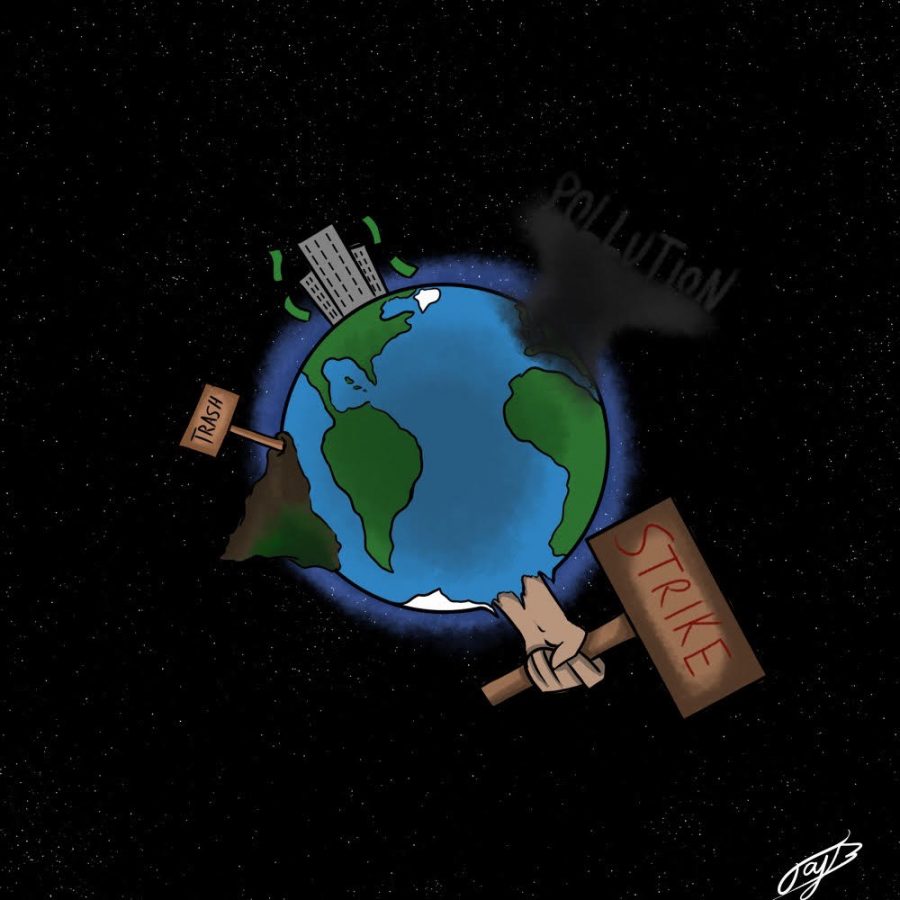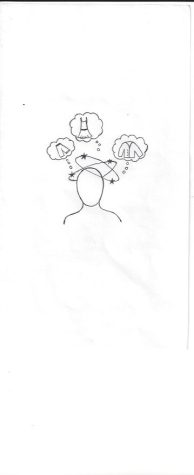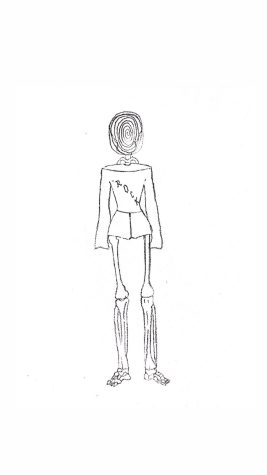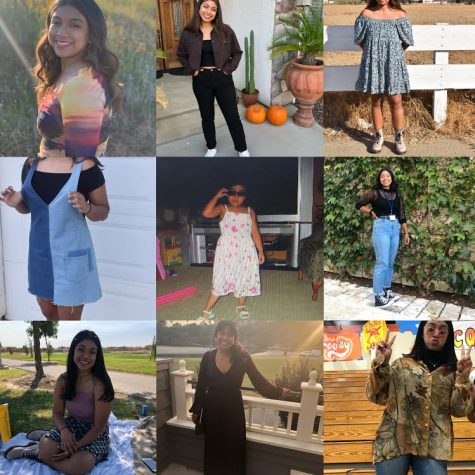April Fashion: Fast Fashion Comes at a Cost
April 26, 2021
In a world with new clothing trends hitting the market everyday, it’s difficult not to be hooked by the allure of the fast fashion industry. Fast fashion is the cheap mass production of trendy clothing items, but its negative effects can often be overlooked by the instant gratification of a speedy delivery.
History and Workers Rights
During the late twentieth century, the manufacturing of cloth and textiles became cheaper and easier, making the fast fashion business model possible. This industry relies on accelerating trends, sacrificing clothing quality for quantity and production speed. Clothing companies often use cheap labor in foreign countries such as Bangladesh, India, China, and Indonesia to supply the demand for the latest trend all over the world, often utilizing sweatshops and violating labor rights. Those involved in the production process are not paid living wages and often exposed to dangerous chemicals in the cheap clothing.
Effect on the Environment
Fast fashion accounts for ten percent of all carbon emissions in the world and is second only to the oil industry when it comes to pollution. The chemicals used in cheap clothing often find their way to landfills after being discarded. About 5,000 tons of non-biodegradable microfibers end up in the ocean annually.
Trends=Waste
Today, the world consumes about eighty billion pieces of clothing each year, which is four hundred percent more than we consumed only two decades ago. People across the globe flit from trend to trend more quickly than ever before. Instead of recycling or donating clothing that weren’t sold, many fast fashion companies often toss or burn the unsold items, leading to significant losses of natural and financial resources.
But also, Affordability
Finding ethical and sustainable means of consumption is easy when you have the resources and money, but not everyone does. With Gen Z making up 40 percent of the number of US consumers, the influence of the younger generation continues to soar, as does social pressure to look a certain way. For many people, fast fashion is one of the only means of acquiring clothing.
Other Alternatives
Some cost friendly alternatives to supporting the Fast Fashion industry include shopping from second hand stores, supporting small local businesses, or researching companies that treat their workers fairly and use clean energy. Another way to save money and look your best is to buy less clothing in exchange for buying good quality staple pieces of clothing. With a handful of these pieces in the closet, the possibilities are endless!








